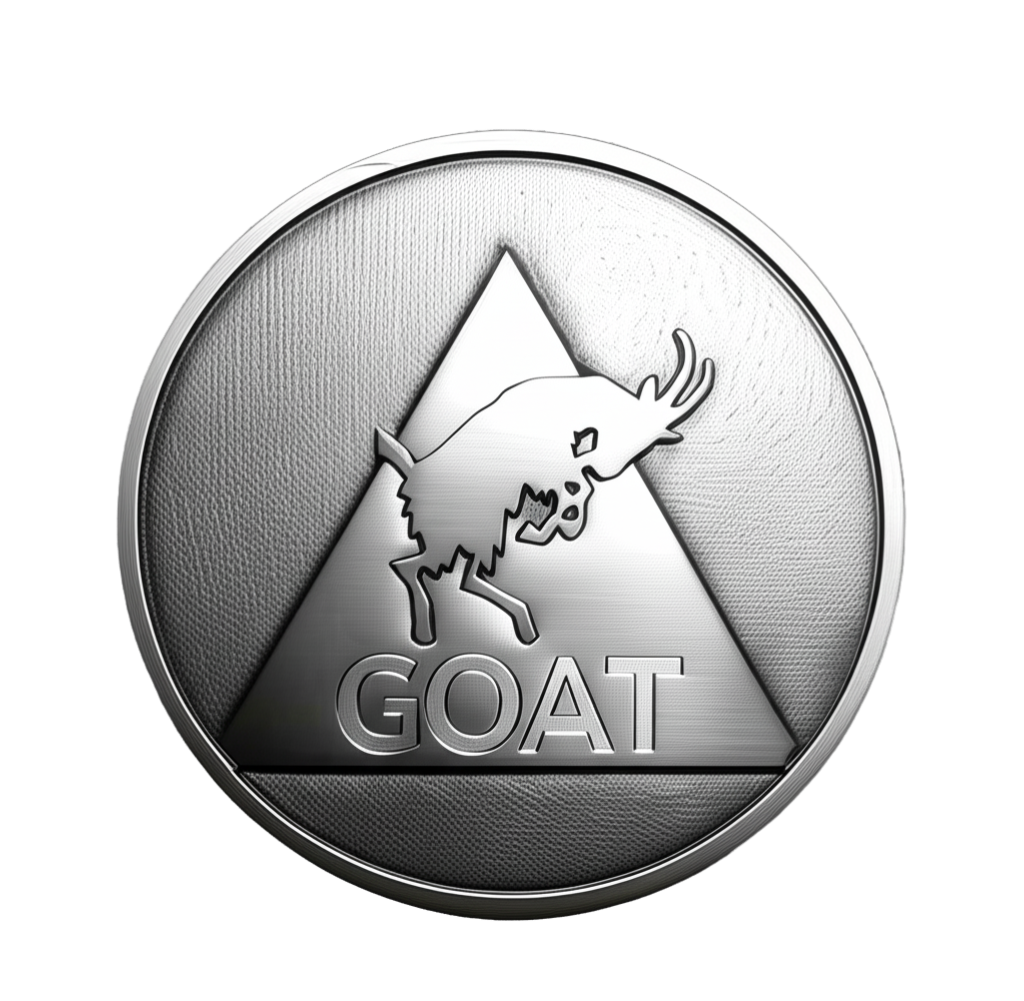The dream of physical mastery—a perfect golf swing, a faster swim time, a flawless dance routine—often feels like a frustrating puzzle. We pour hours into practice, convinced that more repetition is the key. But what if the secret isn't just what you practice, but how you approach the entire process? True mastery isn't just a physical achievement; it's a holistic one. It emerges when your inner mindset, physical body, cultural beliefs, and personal systems all align toward a single goal.
We can map this journey using a powerful four-quadrant model. It reveals that the visible parts of performance are only half the story. To unlock your potential, you must conquer four distinct domains: your Mindset, your Body, the Culture you train in, and the Systems you build.
Quadrant 1: The Inner Game (Your Mindset & Intention)
Mastery begins in your mind. This is the realm of your thoughts, focus, and psychological state—the "inner game" you play before you ever move a muscle. Your body can't perform what your mind hasn't first understood. This quadrant is about preparing your brain to learn with maximum efficiency.
Beyond priming the brain for learning, this domain includes the foundational beliefs that act as your mental operating system. Your inner belief about your own capability is the fuel for your entire journey. If you believe you can improve, you'll have the focus and energy to persevere through the inevitable plateaus. If you doubt your potential, you'll quit when things get tough. This is where you must confront the fear of looking "dumb" or making mistakes. A willingness to try new things and be a beginner again is a prerequisite for breaking through to the next level. This growth mindset directly impacts your resilience and your capacity to stick with the process long enough to achieve a breakthrough.
[cite_start]The goal is to move from the Cognitive Stage, where every action feels clunky and requires intense thought, to the Autonomous Stage, where skills flow with unconscious ease[cite: 577, 582]. Modern learning systems accelerate this by priming the brain for neuroplasticity. [cite_start]Techniques like Audio-Visual Entrainment (AVE) can guide your brainwaves into a focused yet relaxed "Alpha" state, creating the ideal condition to absorb new information[cite: 628, 632]. [cite_start]This is followed by a "Theta" state, which helps lock in the new skill as a durable memory[cite: 633, 639]. By starting here, you create a window of heightened receptivity, making every minute of your physical practice count.

Quadrant 2: The Outer Craft (Your Body & Biomechanics)
This is the world of physical technique, where you translate intention into action. It's about what your body is actually doing in space, and it's where you must confront the stubborn gap between what a movement feels like and what's really happening.
To bridge this gap, you need objective truth. [cite_start]This is why watching a video of an expert is so powerful; it engages the brain's Mirror Neuron System (MNS), which transforms what you see into a motor program you can replicate[cite: 642, 646]. [cite_start]Using slow-motion video is even better, as it allows your brain to deconstruct complex, high-speed movements and build a more accurate mental blueprint[cite: 654, 655].
Once you have that blueprint, the real work of practice and repetition begins. This is where a fast feedback loop becomes the engine of improvement. This loop is the constant conversation between your action and its result, and it needs to be as tight and accurate as possible. [cite_start]This world-class feedback can come from two primary sources: a great human coach who can provide nuanced, real-time guidance, or precision technology like wearable sensors that offer objective, real-time data on your biomechanics[cite: 788, 791]. These tools, whether human or digital, are essential for the learning loop, allowing you to make a small change, see the result instantly, and adjust again, turning every repetition into a step forward.

Quadrant 3: The Cultural Beliefs (Your Environment & Mentors)
You don't learn in a bubble. Your progress is deeply influenced by the shared beliefs, philosophies, and habits of your training environment—the "cultural software" that's running in the background. This quadrant is about recognizing and challenging the limiting beliefs that can hold you back.
This is often the hardest domain to master because it involves invisible hurdles. You may encounter a coach who insists on doing things a certain way simply "because it's always been done that way," shutting down innovation and new methods. An even more damaging cultural belief is the myth of fixed talent—the idea that "you're either born with it or you're not." This mindset kills progress before it starts, creating an environment where struggle is seen as a sign of weakness rather than an essential part of the learning process, a concept we deconstruct in our article, "The Talent Myth."
To overcome this, you must actively seek out cultures of growth and curiosity. Find coaches and training partners who embrace new ideas and value data-driven insights over outdated traditions. The most powerful learning cultures are built on the belief that mastery is a process, not a gift, and they provide the psychological safety needed to experiment, fail, and ultimately, improve.
Quadrant 4: The Personal Systems (Your Tools & Habits)
Finally, mastery is built upon the personal systems and infrastructure you create for yourself. This is the external world of your daily habits, the technology you use, and the structure of your practice. Without strong systems, even the best mindset and coaching can fall short.
One of the most common failures in this quadrant is the lack of a structured plan. Simply going to the range or the gym without a clear goal leads to wasted time and reinforces bad habits. Another hurdle is "shiny object syndrome"—chasing every new gadget or training aid without integrating it into a coherent system. This often leads to information overload, where a flood of confusing data creates more paralysis than clarity.
Building a successful system involves choosing the right tools that provide focused, actionable feedback, not just volumes of data and noise. It means practice that is consistent and focused on a specific weakness identified in your analysis, and continuing to correct that weakness until it gets fixed, opening up the next level to find and fix your next weakness. Your system is your personal ecosystem for growth. When it's well-designed, it makes improvement the natural outcome of your daily efforts, creating a reliable pathway from where you are to where you want to be.

The Virtuous Cycle of Mastery
The true power of this model emerges when you see how the four quadrants feed off each other, creating a powerful upward spiral of continuous improvement.
It all starts in Quadrant 1. A strong inner belief in your ability to grow gives you the courage to take risks and the perseverance to push through challenges. This positive mindset makes you willing to look foolish in the short term to get better in the long term. That courage opens the door to Quadrant 2, where you actively engage in deliberate practice and embrace the fast, honest feedback from coaches and technology.
As your physical skills improve (Q2), you gain the confidence and credibility to access more elite environments. This allows you to enter a more advanced Quadrant 3, surrounding yourself with a culture of high-achievers who push you further. In this new culture, you're exposed to better methods and more sophisticated Quadrant 4 systems—the tools and habits of the pros.
And here the loop closes and restarts, more powerful than before. Successfully using these advanced systems (Q4) and thriving in a new culture (Q3) provides undeniable proof of your capabilities. This powerful evidence feeds directly back into your Quadrant 1 mindset, strengthening your self-belief and setting the stage for you to tackle even bigger challenges. This is the engine of mastery: a virtuous cycle where your inner world and outer world constantly build on each other, propelling you forward.
